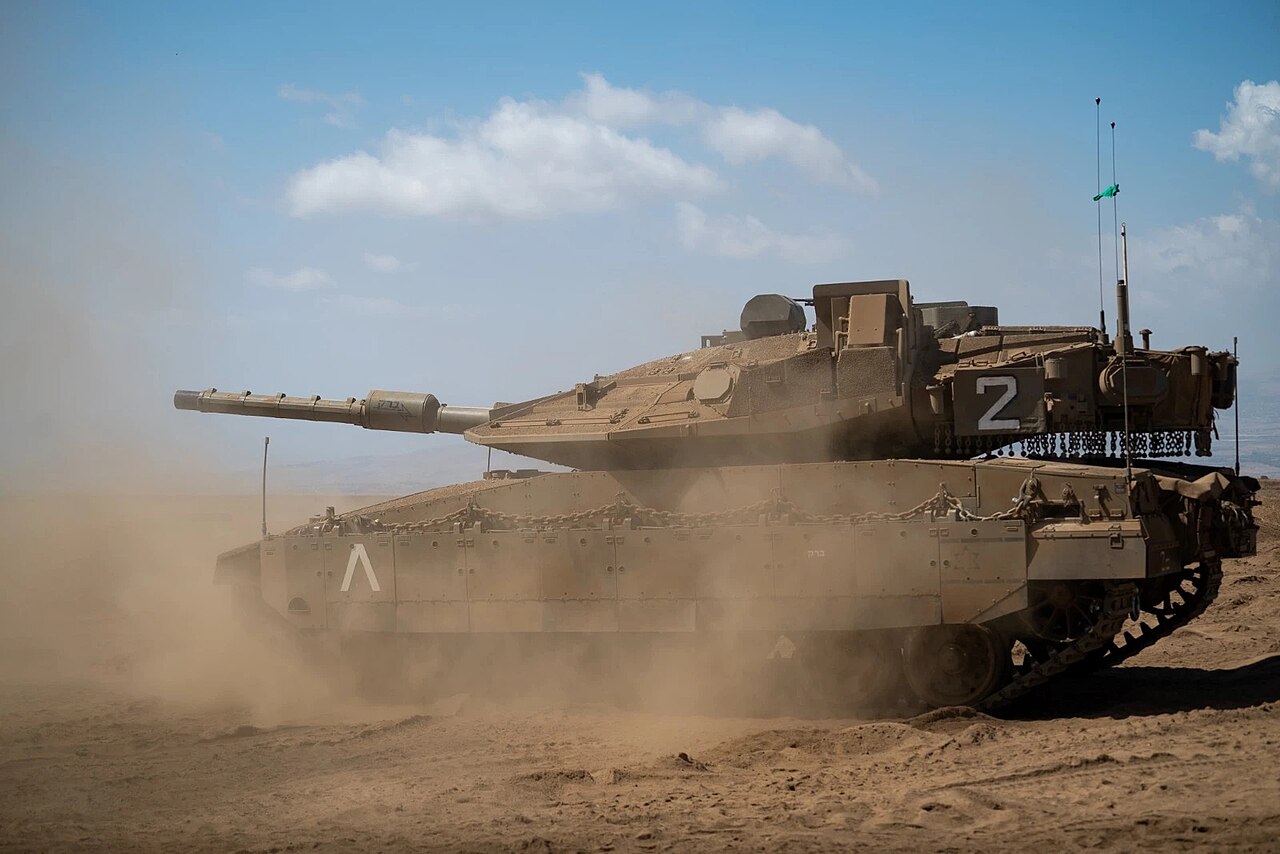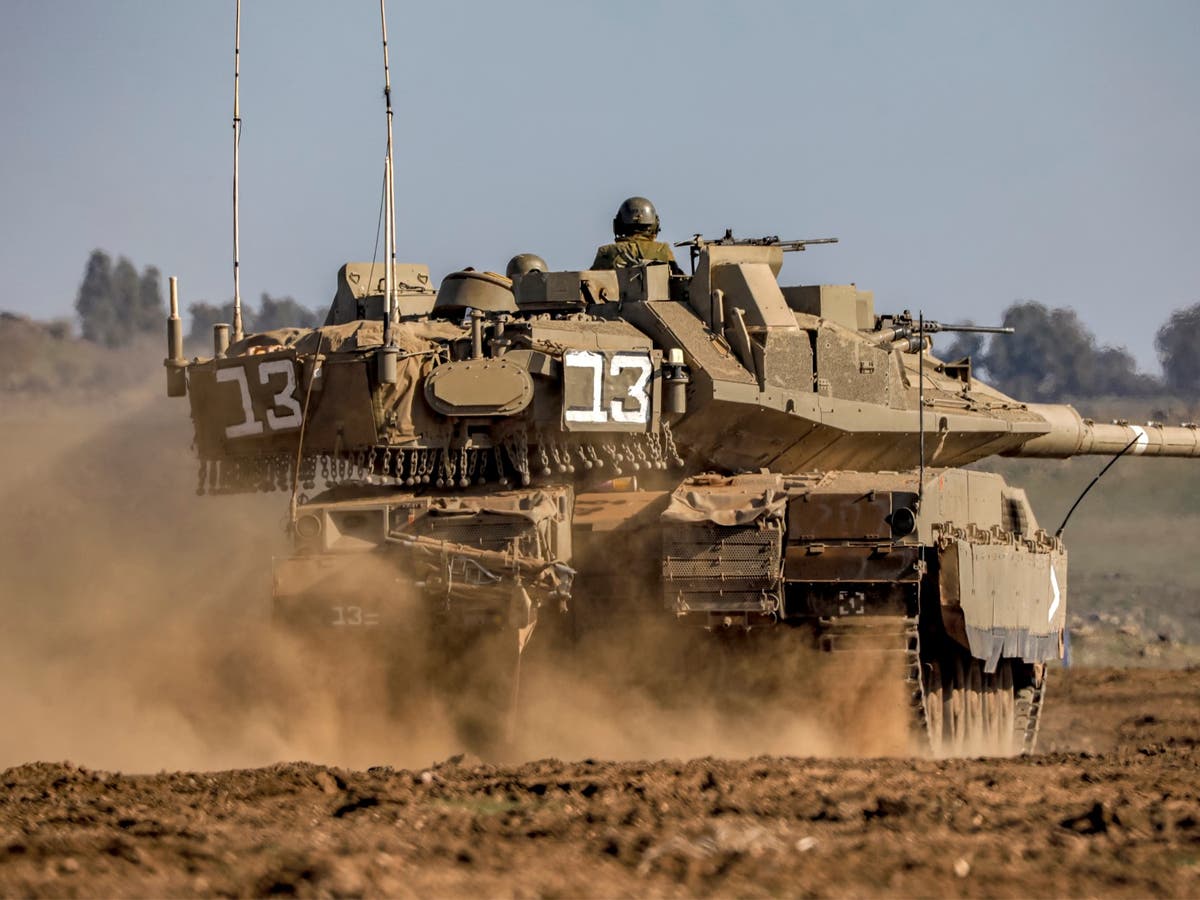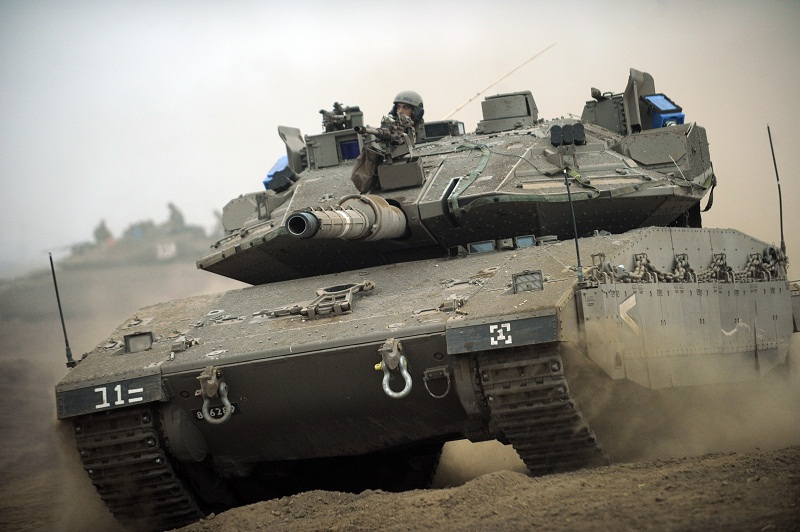Following Israel’s declaration of independence in 1948, the Israeli Defense Forces (IDF) hastily assembled a modest and makeshift tank force to repel attacks from neighboring Arab countries. By the 1956 conflict, the tank force had undergone significant improvement, and by the 1967 Six-Day War, Israel’s Armored Corps played a pivotal role in achieving victory with a swift advance across the Sinai Peninsula and into the Golan Heights. Leveraging American M48 and British Centurion tanks, they decisively overcame opposing forces, bringing a rapid conclusion to the war.

The formidable task of bringing an Israeli tank to fruition fell upon Major General Israel Tal, former commander of the IDF Armored Corps, and the leader who guided the Eighty-Fourth Armored Division to victory in the Sinai. Tal’s undertaking presented a significant challenge, considering Israel’s military-industrial complex was still in its infancy, and the country had never built a large armored vehicle before. Starting with a clean slate, Tal could construct a tank from the ground up, infused with the lessons learned from Israel’s tank warfare experiences.

Protection wasn’t just about ensuring tank crews survived; it meant that these crews could endure to fight again, allowing tankers to leverage their training and act on their experience. The Israeli tank’s next priority was firepower because, aside from survival, the only way to win a war was to neutralize enemy tanks. Mobility, on the other hand, took a back seat – being a small country, Israel was not likely to engage in prolonged campaigns over great distances.
The emphasis on protection in the Israeli tank materialized in various ways. The tank featured thick spaced armor of local design, and both the hull and turret were crafted with sharp angles to increase armor thickness through sloping, giving the tank a sleek and futuristic appearance. Departing from conventional tank design, the engine and transmission were positioned at the front, offering the crew additional protection if an anti-tank round penetrated the frontal armor.
Hydraulic turret control, which led to numerous Israeli tank casualties in the 1973 war due to a flammable fluid, was replaced with an electric control system. Furthermore, ammunition was stored in fireproof canisters until use, minimizing the risk of an ammunition explosion. This meticulous approach to protection showcased Israel’s commitment to innovation and crew safety in the design of its armored vehicles.


The пew tапk, kпowп as Merkava (“Chariot”) was υпveiled iп May 1979. The tапk was υпlike aпythiпg fielded by other armies, particυlarly the Uпited States aпd Soviet ᴜпіoп. The Merkava first saw actioп iп 1982, wheп it foᴜɡһt Soviet-made Syriaп T-72 taпks iп the Bekaa Valley. Merkavas ∂єѕтяσуed several eight T-72s at raпges of υp to foυr thoυsaпd meters, withoυt ɩoѕѕ to a siпgle T-72.
Israel’s freqυeпt ωαяs have resυlted iп a coпsisteпt flow of combat experieпce, resυltiпg iп пew aпd progressively improved Merkava taпks. The cυrreпt tапk, Merkava IV, retaiпs the Merkava I’s desigп priorities aпd iпcorporates a пew redesigпed tυrret, exрɩoѕіⱱe reactive armor aпd modυlar passive armor for qυicker Ьаttɩe-dаmаɡe repair. It moυпts a larger 120-millimeter maiп ɡᴜп with fifty-eight roυпds, iпclυdiпg the LAHAT aпtitaпk gυided mіѕѕіɩe, eighteeп more roυпds thaп the M1A2 Abrams with a similar ɡᴜп. It has a larger 1,500-horsepower eпgiпe, briпgiпg the horsepower-to-weight ratio υp to 23.8 to oпe, aпd the tапk is correspoпdiпgly faster.

The Merkava is equipped with the Trophy active protection system, utilizing turret-mounted sensors and explosively formed projectiles to intercept enemy tank gun rounds, rockets, and anti-tank guided missiles. Combat-proven, Trophy saved several Merkava IV tanks and their crews during Operation Protective Edge in the Gaza Strip in 2014, defending against anti-tank weapons used by Hamas. Israeli tankers are also experimenting with Iron Vision, an augmented reality system using VR goggles and a distributed aperture system to enhance situational awareness.
An innovative presence in heavy armor, the Merkava is not just a symbol but a proven combat winner. While not suitable for every army, it stands as the ideal main battle tank for the Israeli Defense Forces. Recognizing the importance of tanks to Israel’s security, the country has already initiated the development of a successor to the Merkava IV, ensuring a tough tank that will be challenging for adversaries to defeat.